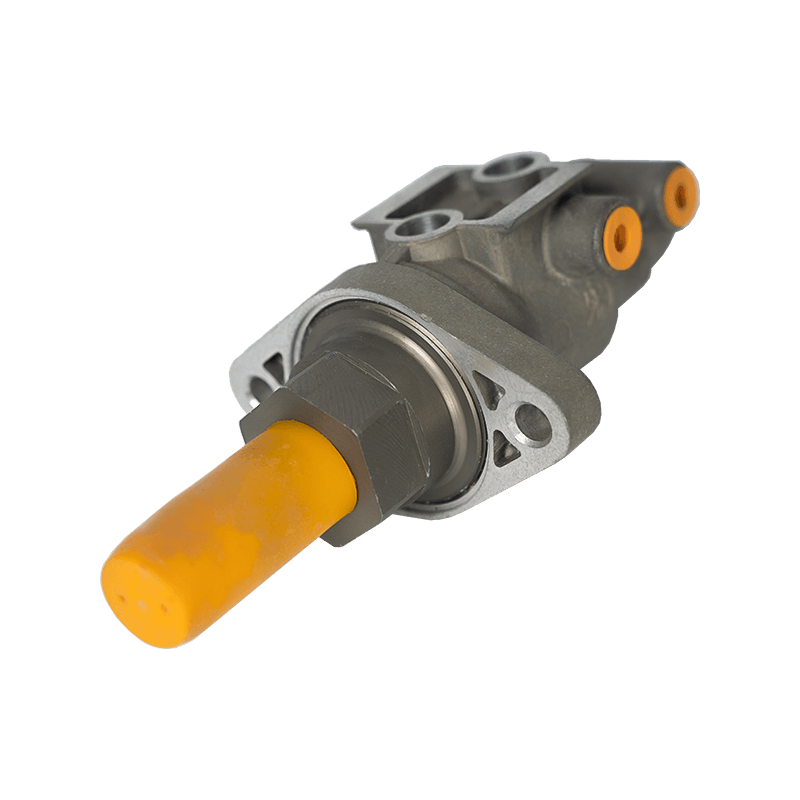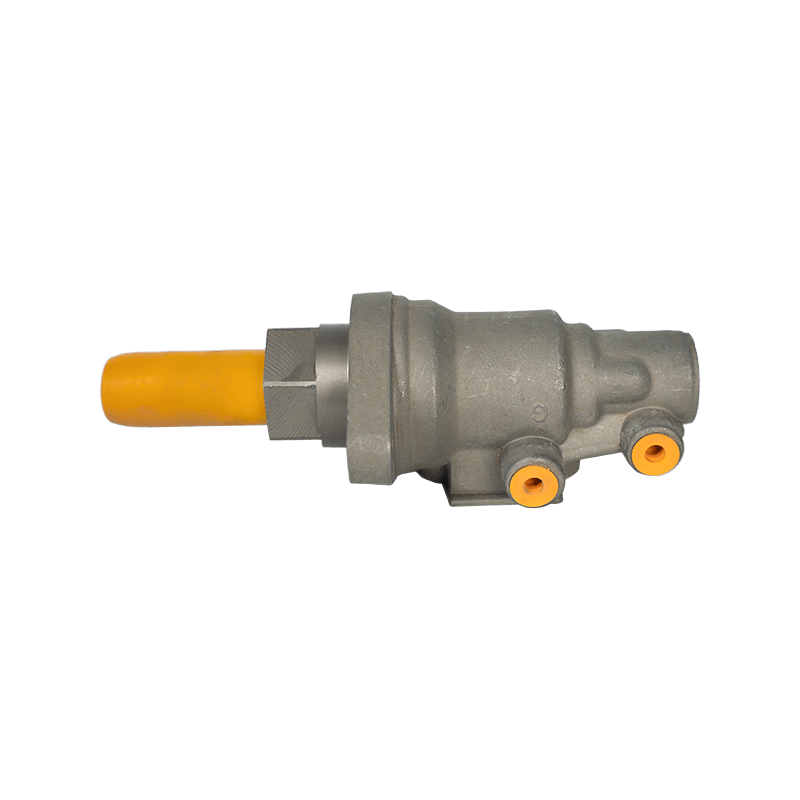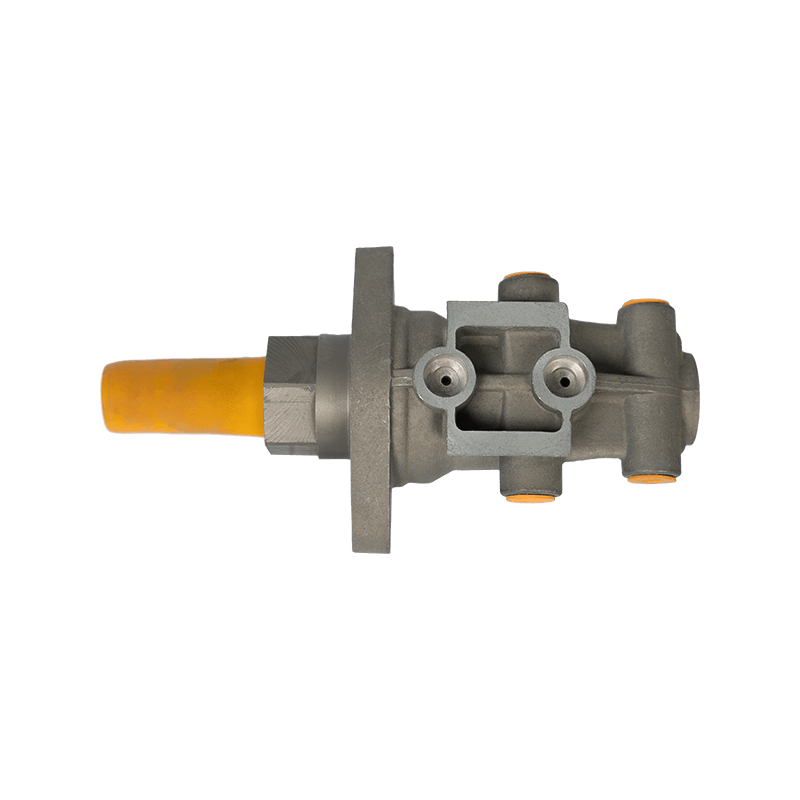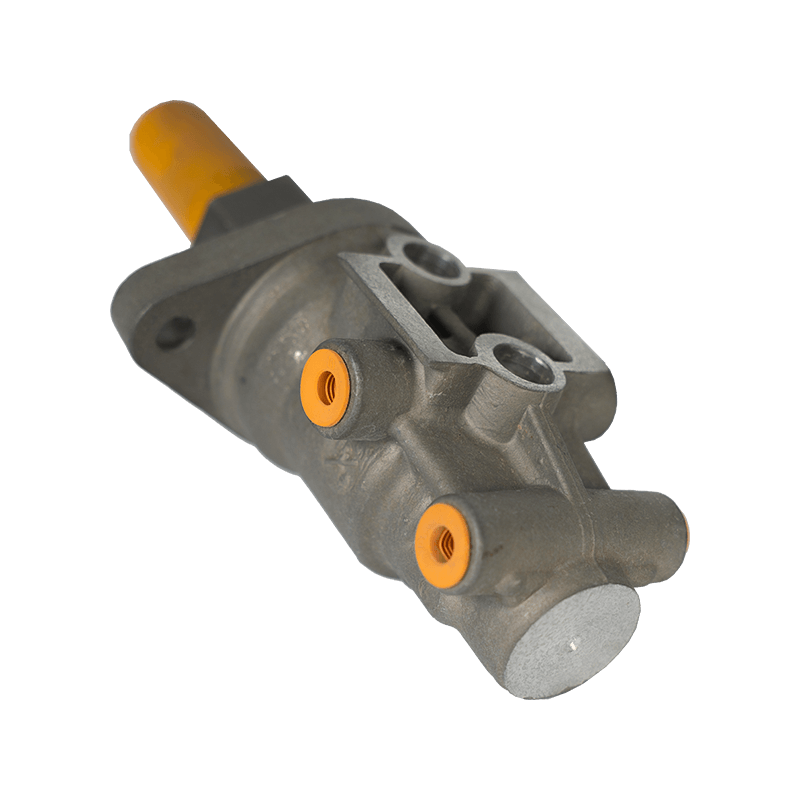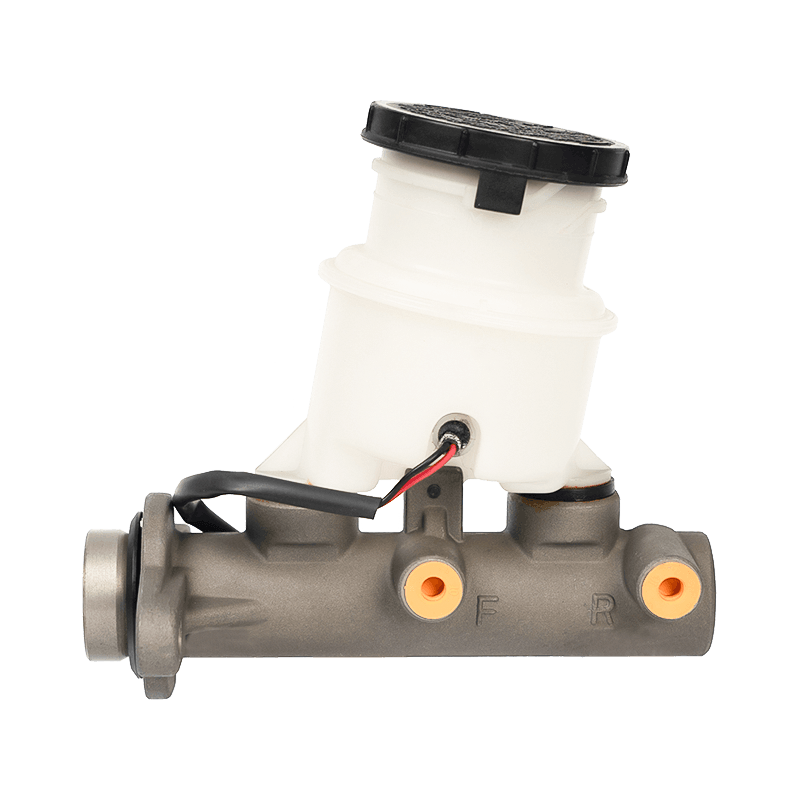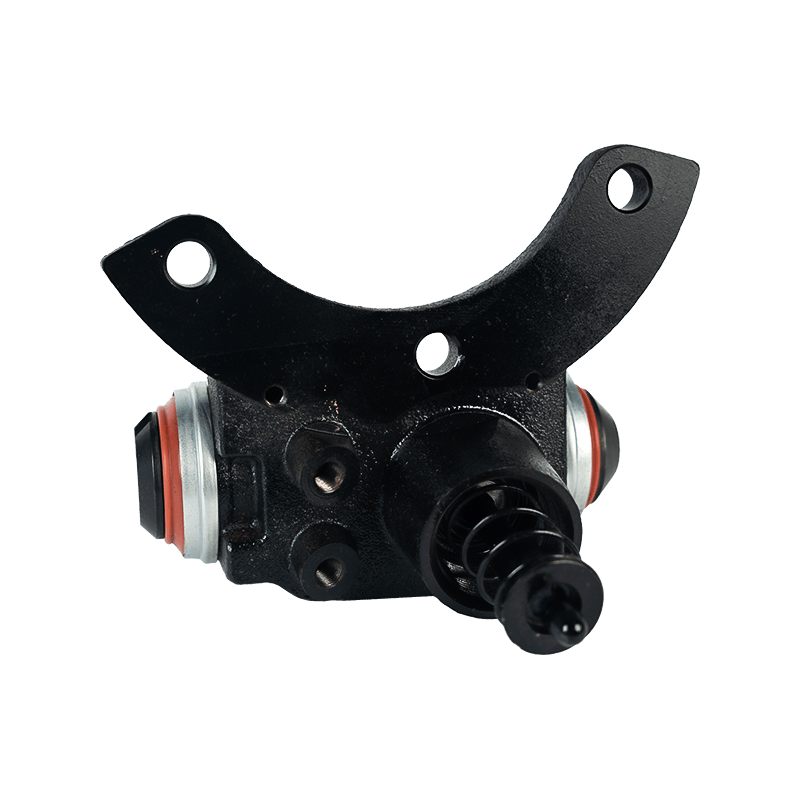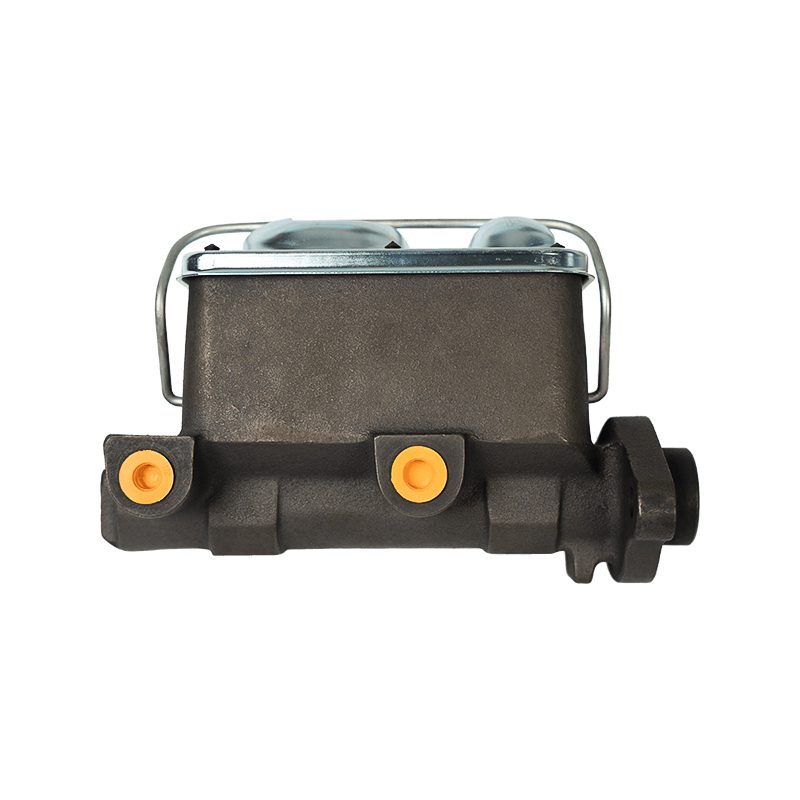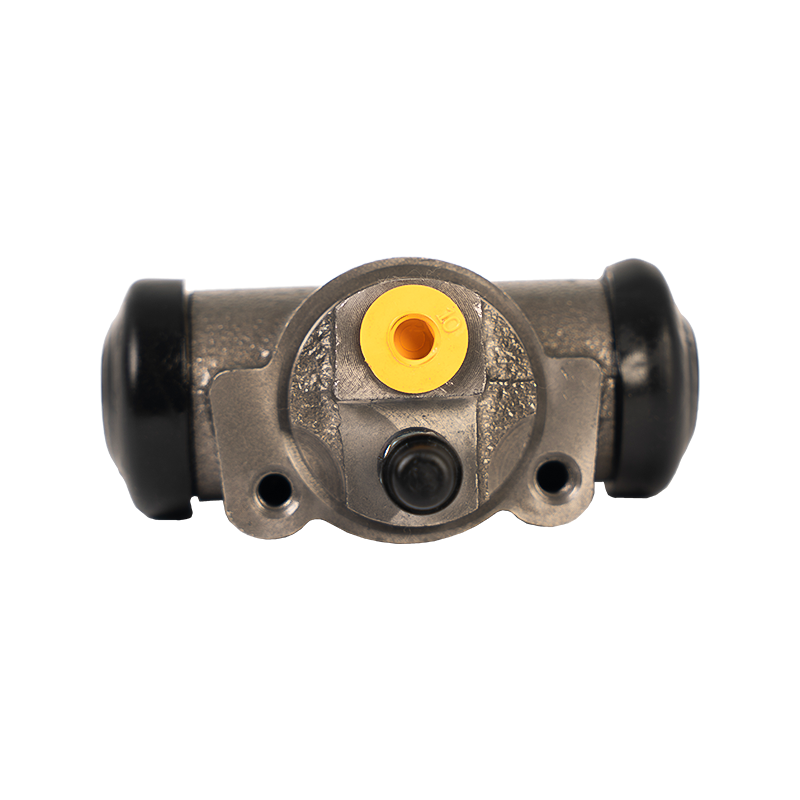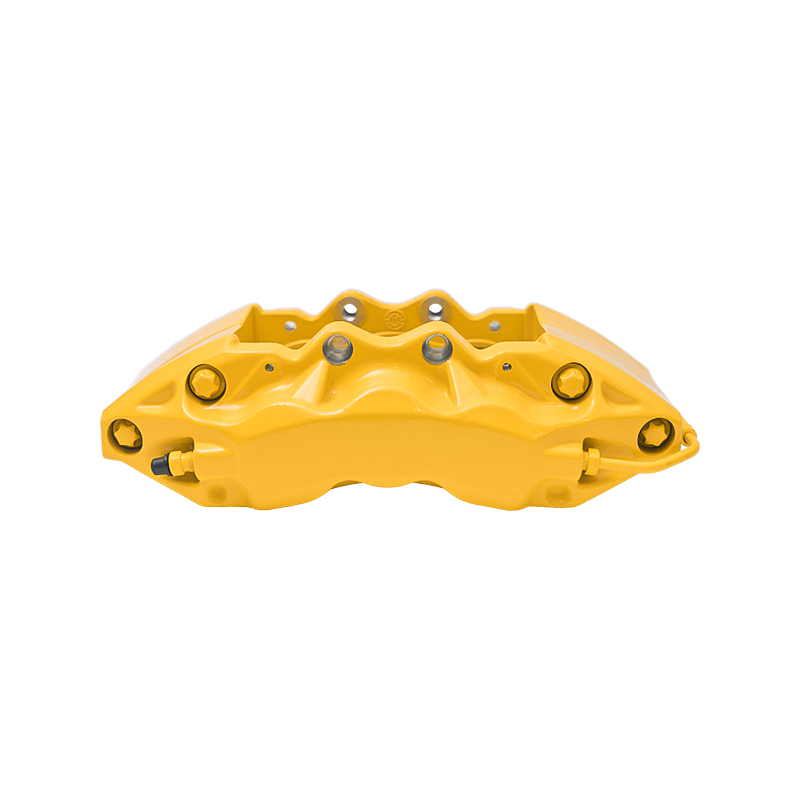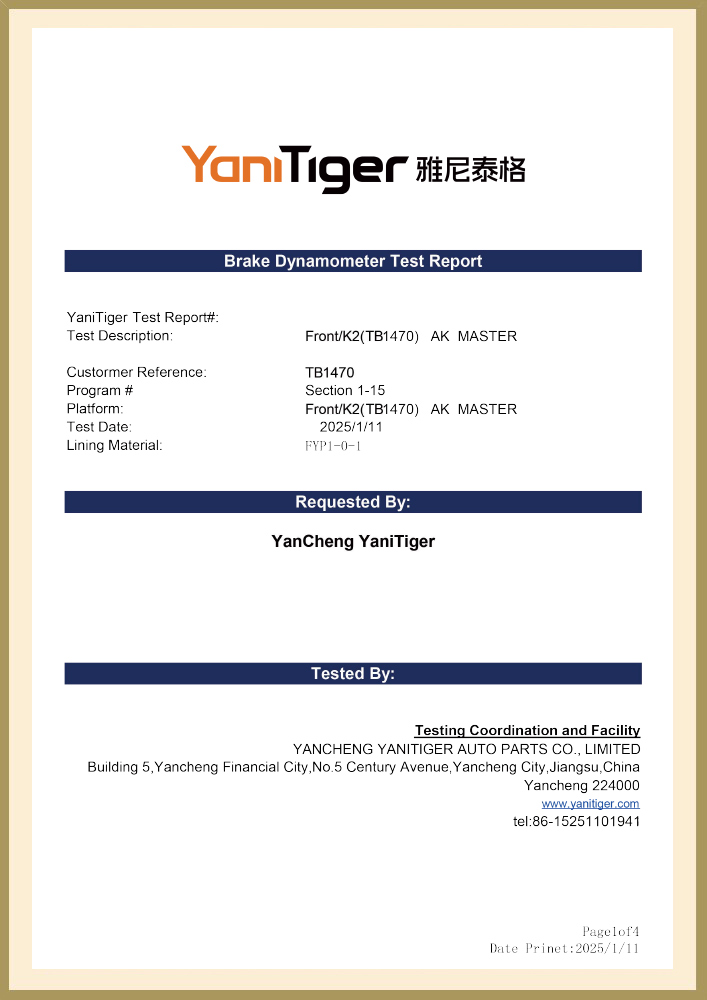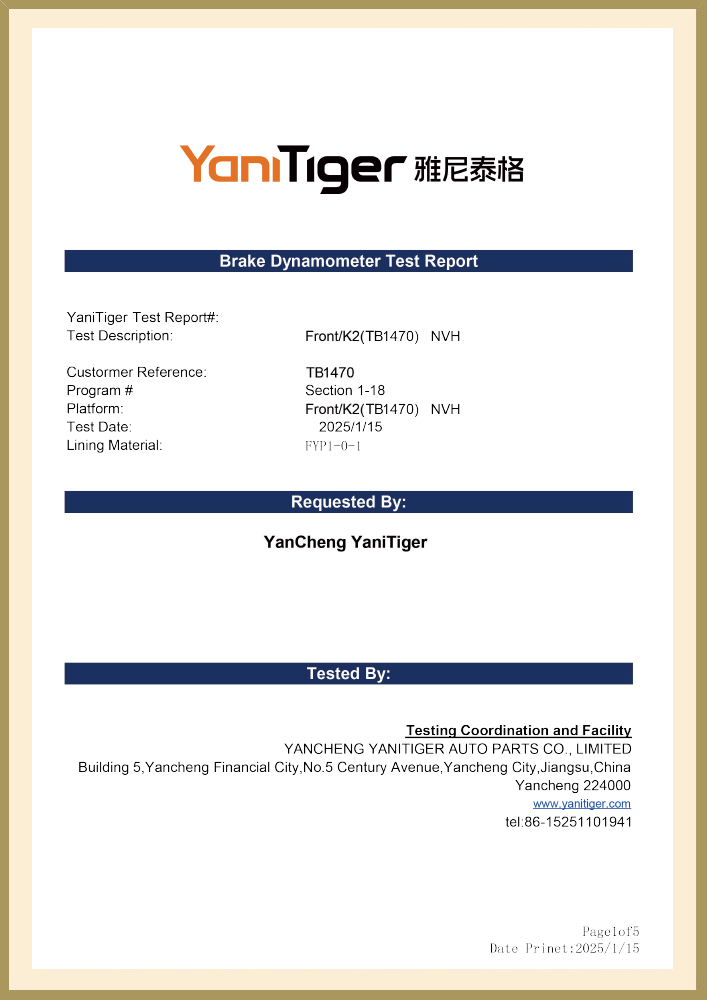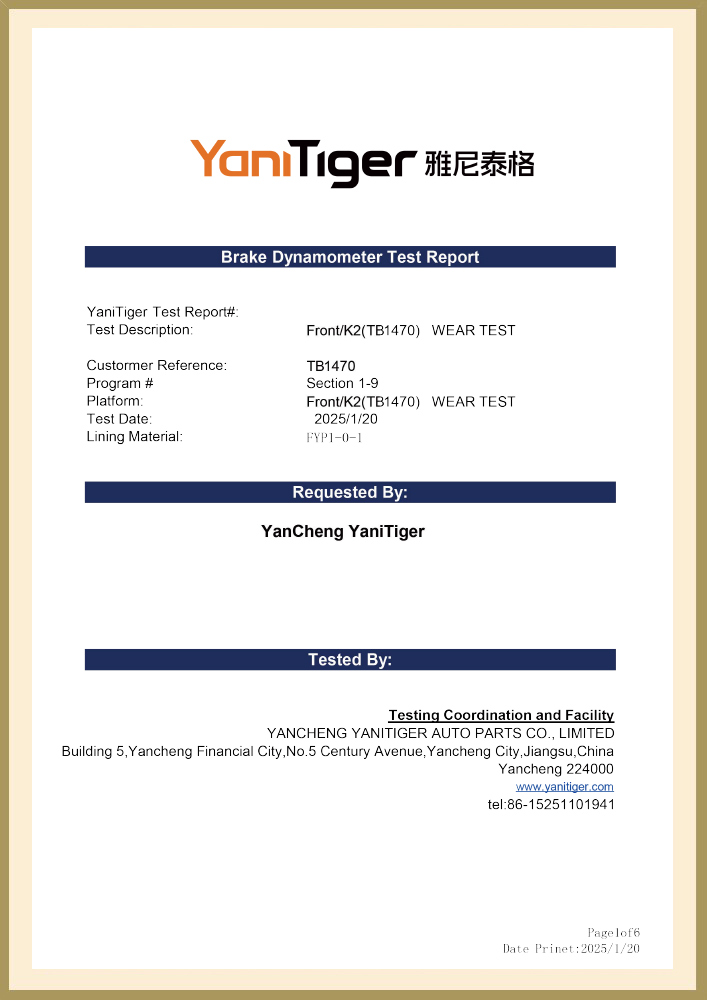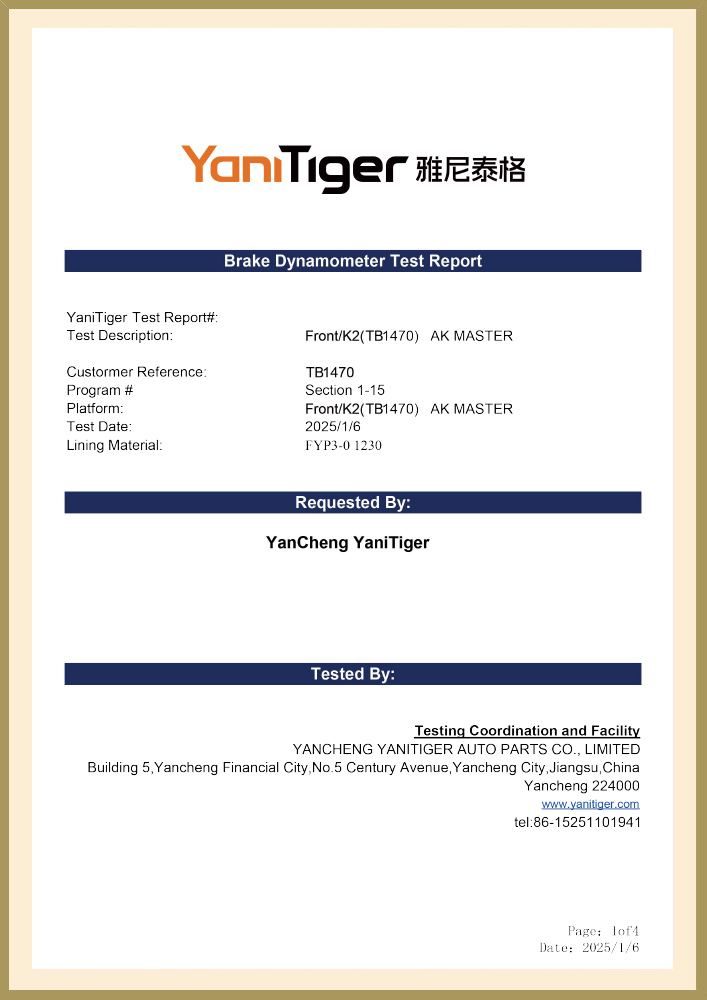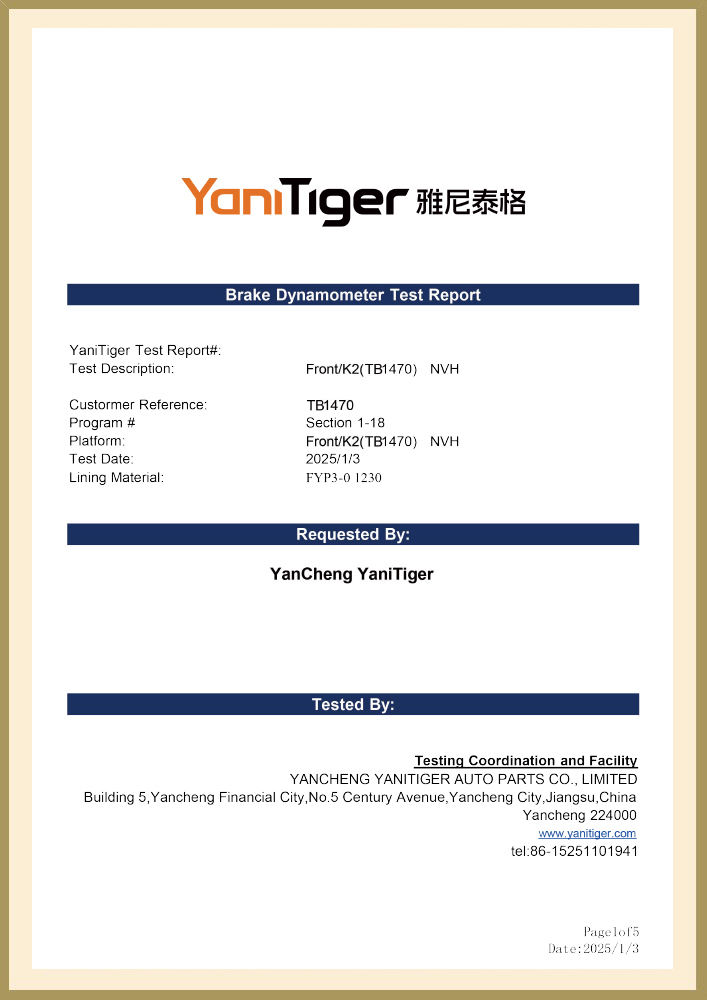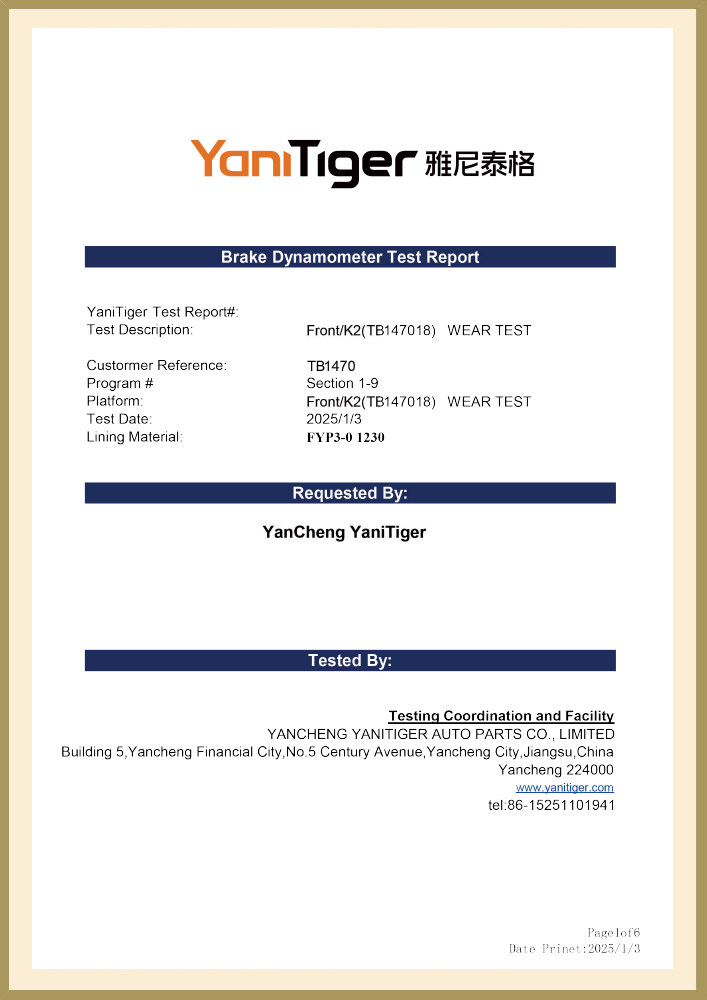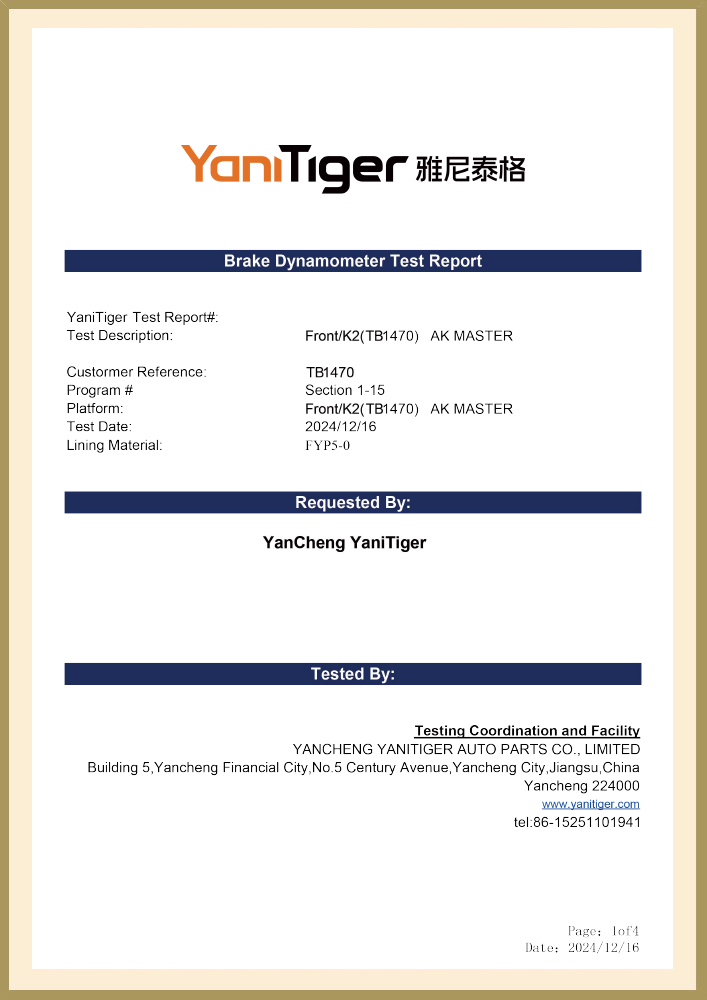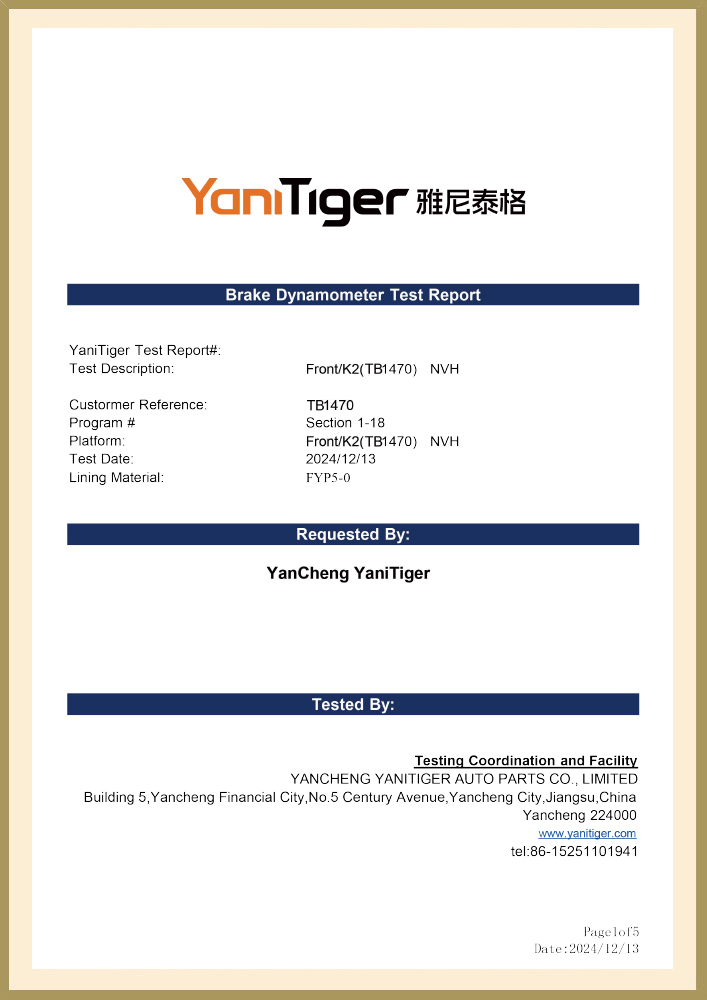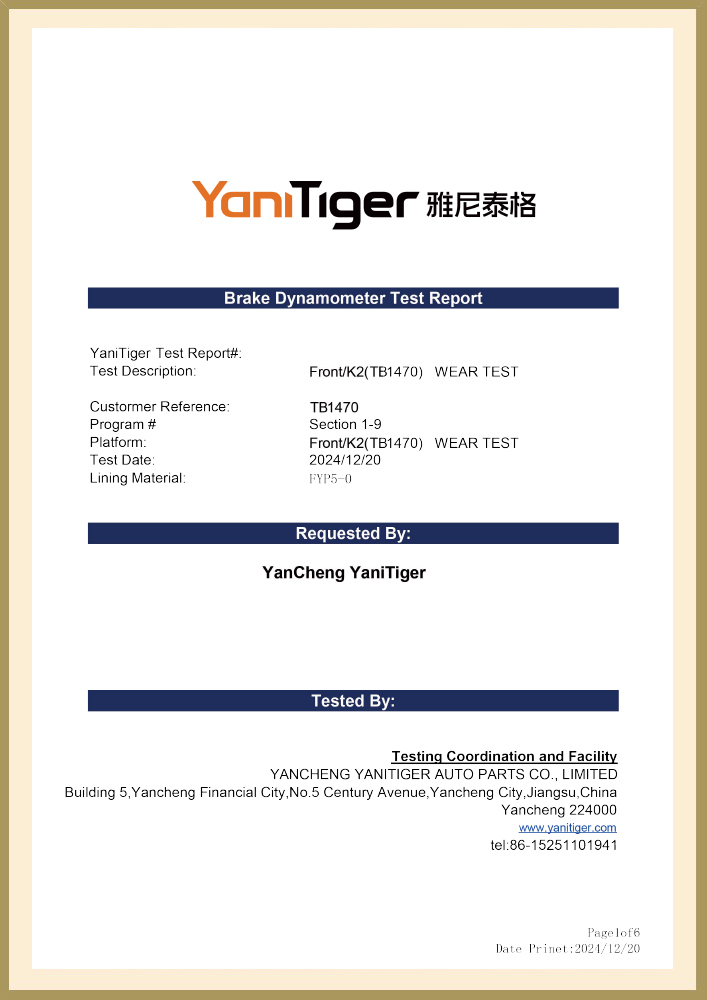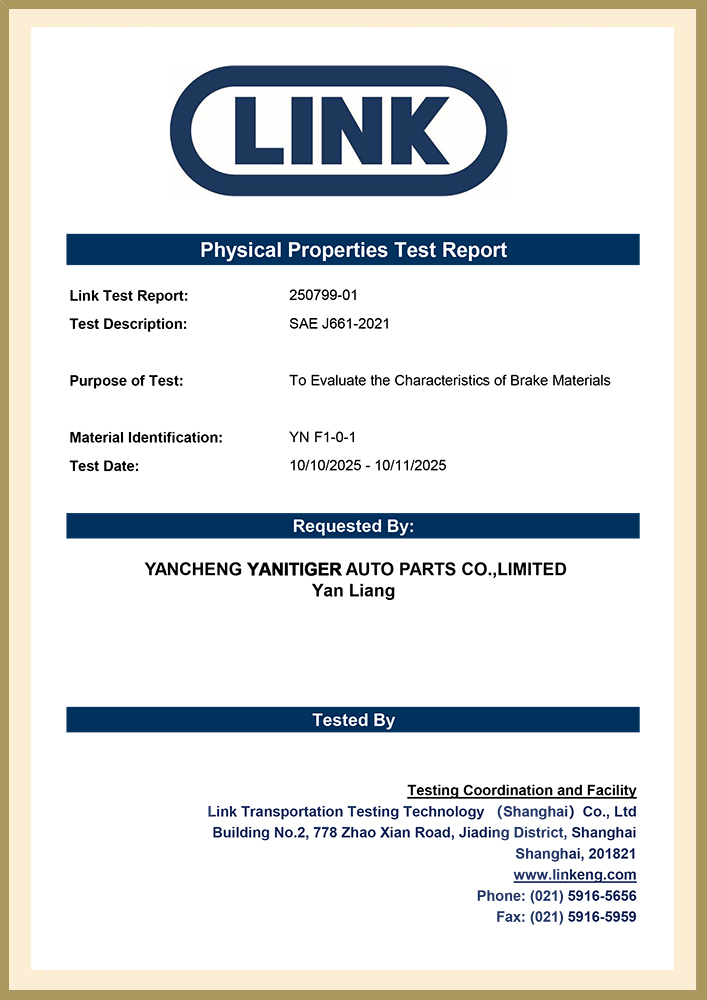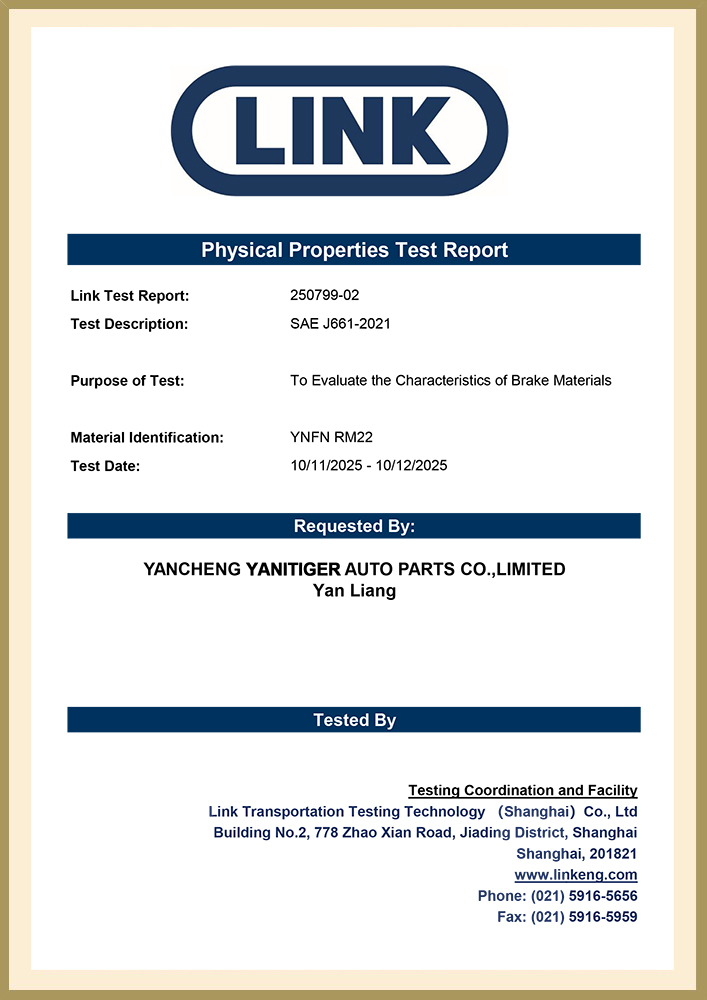Specifications
KEEP IN TOUCH
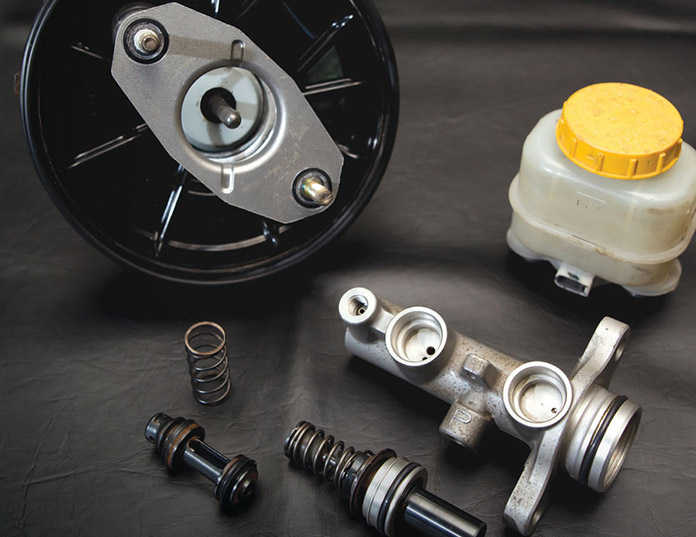
We have more than 1,000 brake shoes and brake pads for European, American, Russian, Japanese and Korean cars. The associated factories have created a highly experienced manufacturing team that exports thousands of auto part products worldwide. High quality and competitive prices are our targets. Our products have gained the certifications of ISO9001 and TS16949. We have built up a solid reputation with our customers in more than 30 countries.
We are looking forward to having a brighter and more successful business in the near future together with all of our clients all over the world.
-
Brake pads are undoubtedly one of the most important safety components in car maintenance. Among the many types of brake pads, ceramic brake pads and ...
READ MORE -
The hydraulic braking system is one of the most critical safety components of a car, and the master cylinder (brake master cylinder) is the "heart" of...
READ MORE -
Choosing the right brake pads is crucial, as it directly impacts your driving safety, driving experience, and vehicle maintenance costs. Step 1: Under...
READ MORE -
1. Ensure Braking Performance and Safety The coefficient of friction between the brake pads and brake discs directly determines the braking effect. An...
READ MORE
4720720140 Brake Master Cylinder For Toyota as the pressure center of the hydraulic brake system, the core function of 4720720140 Brake Master Cylinder For Toyota is to convert the driver's pedal force into hydraulic energy and achieve balanced distribution of front and rear wheel braking force through a dual-chamber series structure. The master cylinder adopts a high-strength aluminum alloy casting process, and the master cylinder diameter is precisely calculated to withstand 32MPa hydraulic pressure.
The master cylinder adopts a dual-piston compensation valve structure and is equipped with fast filling valve technology to ensure hydraulic stability under special working conditions. Its sealing system uses high-temperature resistant fluororubber material, the operating temperature range covers -40℃ to 180℃, and the piston return time is strictly controlled within 1.5 seconds. The measured data shows that after 15 consecutive 100-0km/h emergency brakings, the hydraulic pressure fluctuation amplitude is less than 0.3MPa, and the friction coefficient is stable in the range of 0.38-0.42, effectively suppressing thermal decay. It is particularly noteworthy that its modular design omits the fluid reservoir, which simplifies the installation process while reducing the weight of the system. The aluminum alloy material is 28% lighter than the traditional cast iron version.
It is recommended to conduct a comprehensive inspection every 100,000 kilometers or after a full 5-year service life. If the scratch depth on the inner wall of the master cylinder exceeds 0.1mm or the piston stroke exceeds 3mm, the assembly needs to be replaced directly. The two-stage pressure evacuation method must be used during installation, with DOT4 standard brake fluid, and pay attention to the torque value of the oil pipe interface to ensure that there are no bubbles remaining in the hydraulic system.
 Search
Search
 Eng
Eng 
 English
English Español
Español Português
Português


